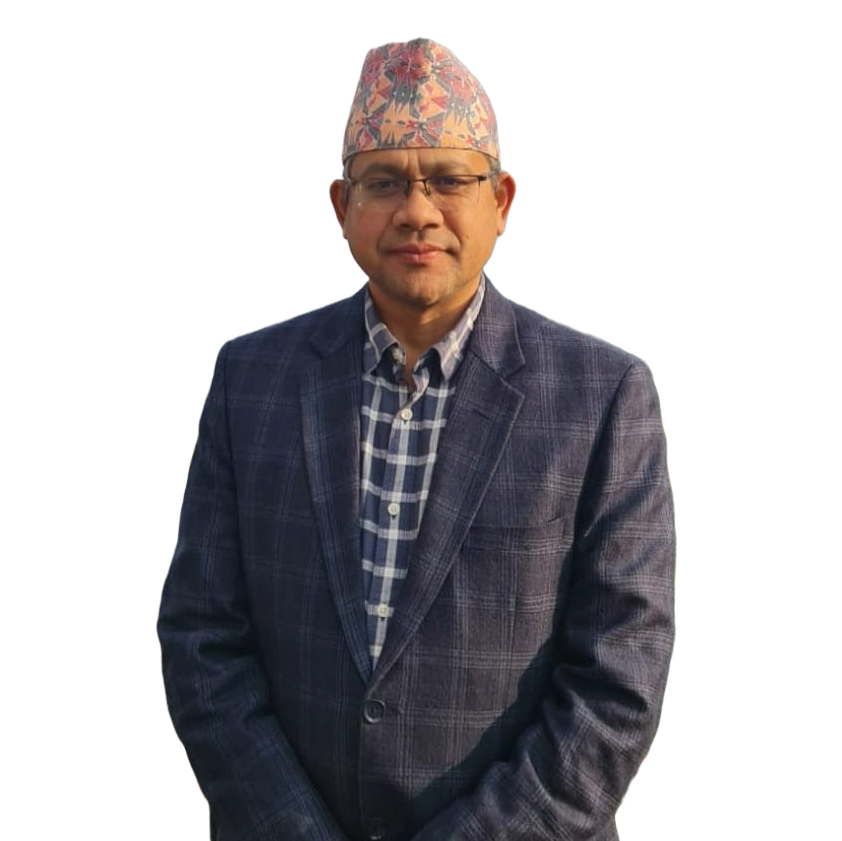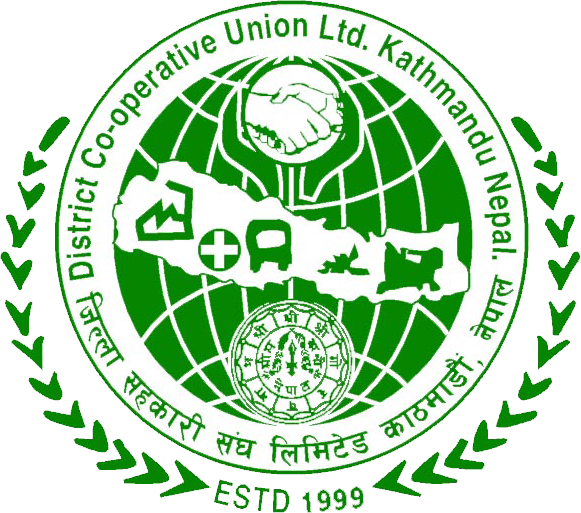
NAMASTE & WELCOME TO
Chairman Message
The District Co-operative Union Ltd.Kathmandu (DCUL), since its establishment in 2056, has been committed to helping the cooperative sector values, norms and principles and state law, next its economic aspirations.As, the cooperative sector has been playing distinct and significant role in the process of socio-economic development of the country, DCUL is committed to maintain the highest standards of cooperatives values, norms and principales and state law, the associations itself carries out financial and non-financial activities to its members services based on sustainable growth and development providing timely,quick and best services to its members from all segments with the help of modern technology and dedicated human resource. We also aim at adopting best responsibility towards all the members. We see ourselves as a family of honest, loyal and committed professionals, and human touch to achieve high degree member's satisfaction and good will. The prosperity of our members is the ultimate aim to our success.
DCUL is the member of national Cooperative federation nepal (NCF), Bagmati province Union (BPU)
I take this opportunity to thank all the member cooperative for the confidence, positive response towards us and in supporting us to achieve greater heights in our performance. Therefore, I express my sincere gratitude on behalf of DCUL, the members of board and on my own behalf towards members and all the concerned agencies for their significant contributions.
Thank you !
Suman K.C
Chairman
District Co-operative Union Ltd.Kathmandu

